Why Are Lines Used in Interior Design
These are the Main Principles of Interior Design
![]()
Some people can mix thrift store finds with clearance bargains and make a room look like a million bucks. It's not how much the items cost; it's how they are put together. You don't have to spend a fortune to have a stylish home. There are certain principles of design you can apply that can help you decorate a room like a pro. To make the most of any space regardless of budget, you need to understand these basic principles of design:
Scale and Proportion, Lines, Balance, Harmony and Rhythm
Scale basically refers to how an item relates to the size of a room. An example would be a large overstuffed sofa crammed into a small living room. That sofa would be considered out of scale for the room. The room requires a smaller sofa.
Proportion refers to how one object relates to another object in terms of size. For example, a delicate coffee table would be out of proportion if placed in front of that large overstuffed sofa. Instead it should be paired with a sofa that has a smaller profile.
Lines define a space. Walls, floors, ceilings, and cabinetry all create lines in a room. Each line type has an impact on how you perceive space. Here are some important points to remember about lines:
Vertical lines can make rooms seem taller and wide spaces seem narrower. It has been hypothesised that viewing vertical lines is unnatural compared to viewing horizontal lines. Additionally, vertical lines extend away from our visual plane. For these reasons, the length of a line applied vertically is often extended lending to the feeling of height in a space.
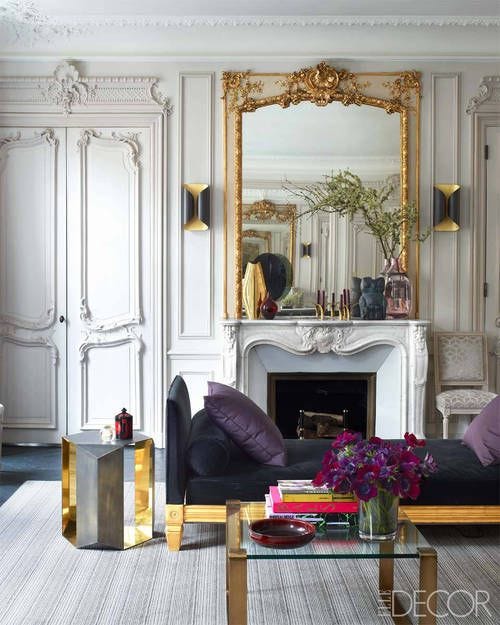
Horizontal lines do the opposite; they widen narrow spaces, bring the eye level down creating a sense of intimacy and are very contemporary. Lines applied horizontally often evoke feelings of stability, grounding, emphasis and direction. So, although horizontal lines tend create length and lower the ceiling of a space they can also be applied to direct the viewer to a particular focal point.
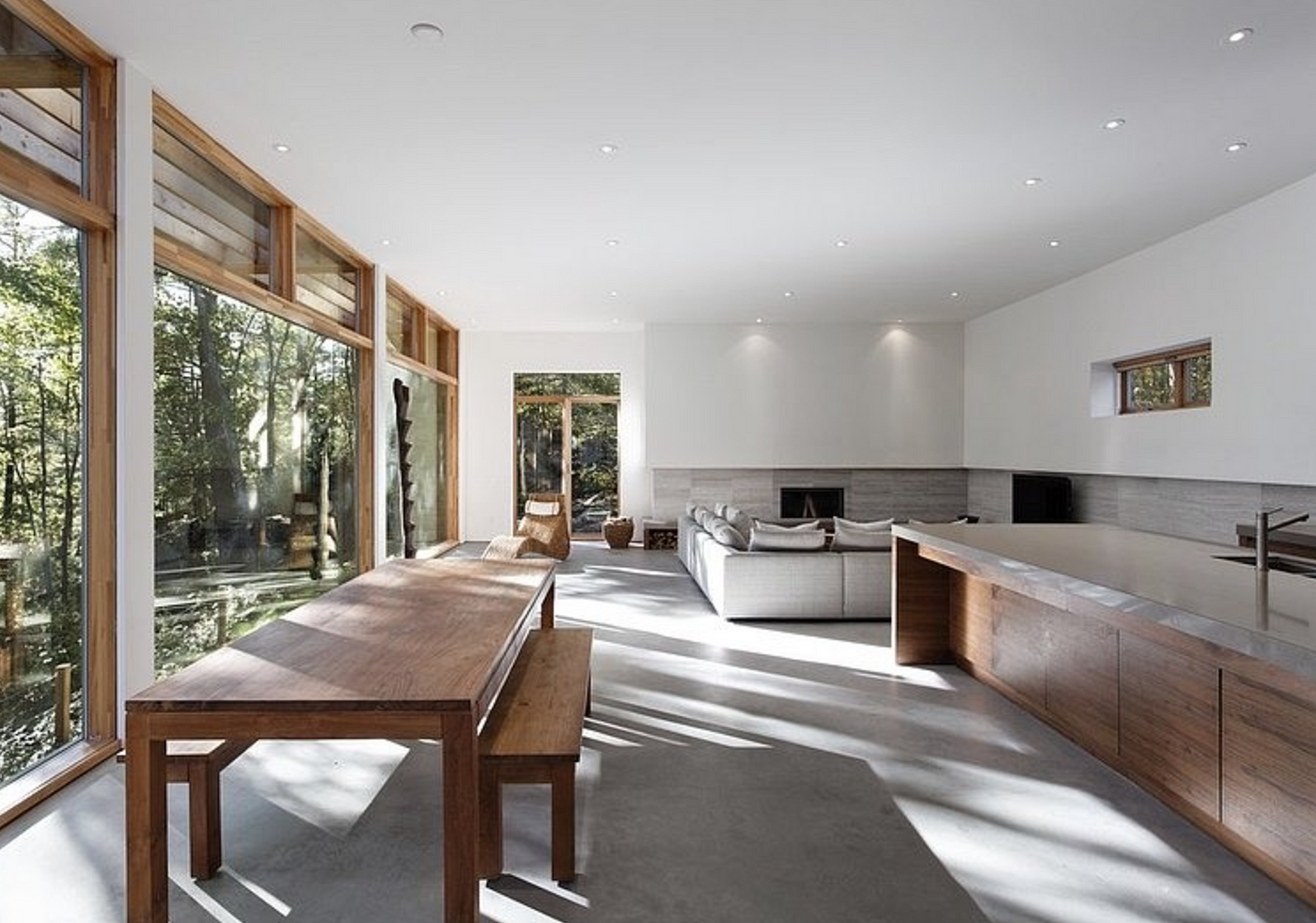
Diagonal lines convey a sense of energy to a space. They add movement, transformation, and freedom. That being said if applied incorrectly, diagonal lines can conjure a sense of confusion and imbalance.
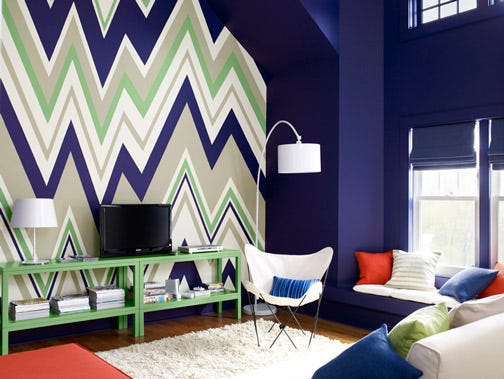
Curved lines soften the sharpness of rectangles and squares; they make a room more feminine and lively. Curving lines whether freeform, arcing, circular, or elliptical often feel natural, organic, playful, and soothing. If you are looking to make a space flow curving lines are a great way to do it.
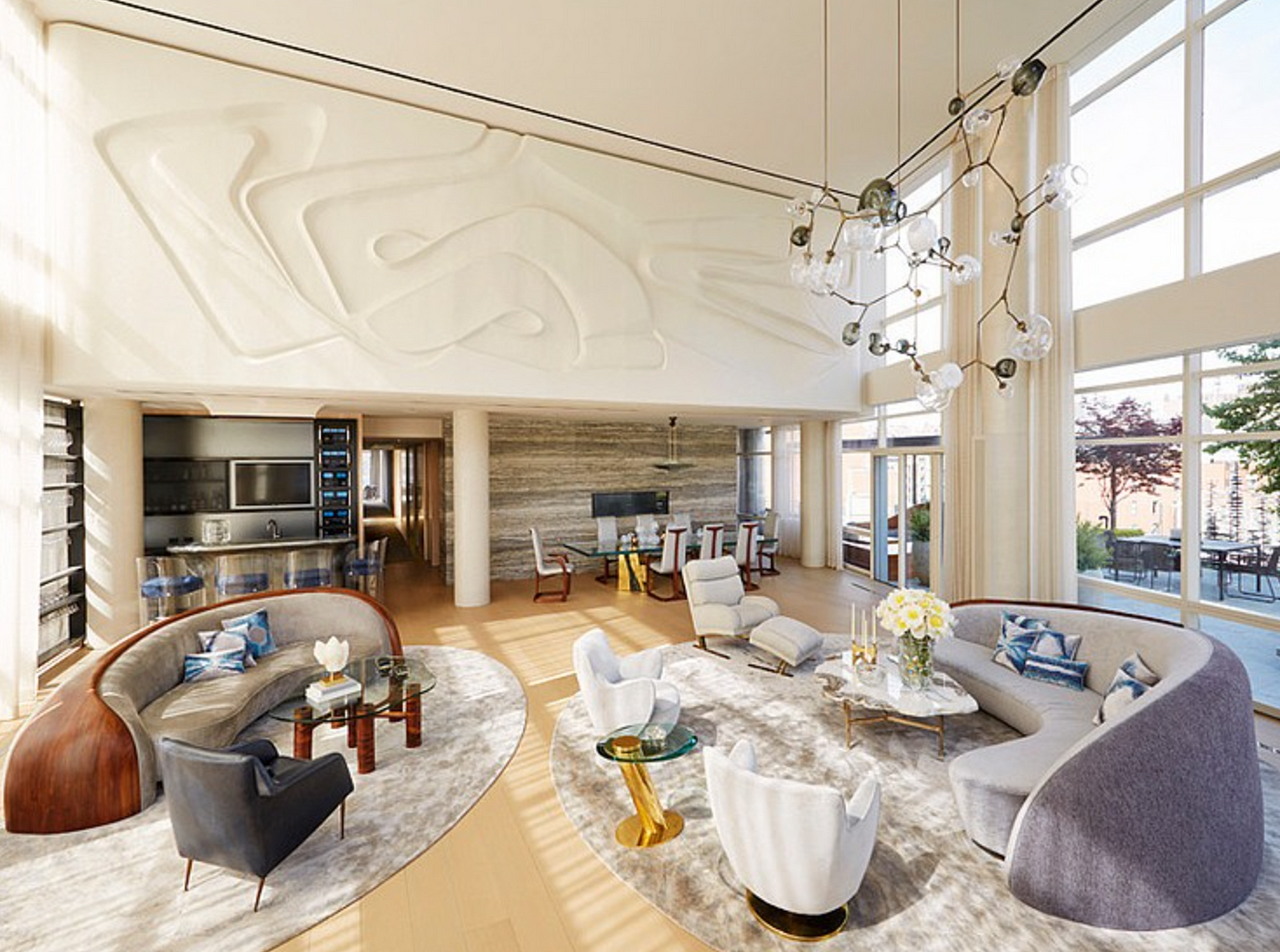
Each line type has an impact on how you perceive space
Balance refers to the equilibrium of objects within a room. Balance can be created through shape, colour, pattern and texture. A room that is well-balanced will feel comfortable and relaxing to the eye. There are 3 types of balance:
Symmetrical Balance occurs when you arrange items or objects the same way on both sides of a real or imaginary line. One side mirrors the other. For example, a tall cabinet with a chair and sconce placed on each side of it. The chairs and sconces must be identical or at least the same weight and size.
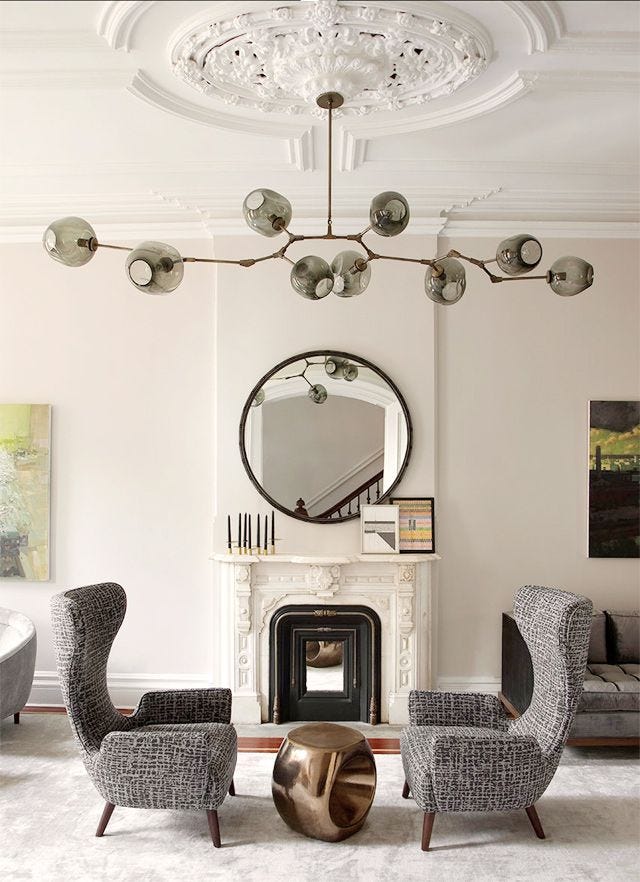
Asymmetrical Balance creates equilibrium by using objects that have the same visual weight, but are different is size, shape, colour and texture. An example would be placing a group of tall slender candle holders on one side of a shelf and putting a short, wide vase on the other side. If you keep the scale correct, the grouping will be balanced.
Radial Balance is achieved when you arrange objects around one central focal point. An example would be a round dining room table with chairs sitting around it .
Harmony results when all the design elements relate to one another in some way, creating a visually pleasing space. One way it can be achieved is by using one colour throughout a space, but in different textures shapes or sizes. Or you can combine patterns and prints as long as they have the same scale, motif or colour palette. They don't have to match, just share something similar
Rhythm is about creating patterns of repetition and contrast that move the eye around the room. It can be achieved by repeating the same colour or shape at different areas in the room. For example, taking one colour and picking it up in fabric or upholstery and again in accessories and artwork.
Sometimes, it's easy to see when an item is out of scale or proportion. Other times, it's not so obvious. You can help train your eye by studying photographs of professionally designed rooms. Really look at them to get a feel for why it works. Look at how the different elements relate to one another. Then start applying these principles of design in your home.
Why Are Lines Used in Interior Design
Source: https://medium.com/learning-about-interior-design/principles-of-interior-design-c2a8ba7d7f22
0 Response to "Why Are Lines Used in Interior Design"
Post a Comment